Food is an essential part of human existence. From providing the necessary nutrients to fueling our bodies, to satisfying our cravings and bringing people together, food is deeply ingrained in our lives. It is much more than just sustenance—it is a source of culture, comfort, and community. Whether it’s a simple home-cooked meal or an exotic dish from a faraway land, food has the power to unite, comfort, and inspire.
The Importance of Food in Human Life
At its core, food is essential for survival. bengkulutoto on food to supply the nutrients required for growth, energy, and maintaining bodily functions. The macronutrients—proteins, fats, and carbohydrates—are the primary sources of energy. Vitamins and minerals play vital roles in strengthening the immune system, maintaining bone health, and ensuring proper cell function. Without these nutrients, our bodies would not function efficiently, and illness could take hold.
Yet, food is far more than just fuel. It shapes our identity, defines cultures, and tells stories of history. Every cuisine has a unique narrative, a tale of migration, trade, and creativity. It reflects the land, climate, and traditions of its people. For instance, the rich and spicy dishes of Indian cuisine tell a story of a climate that thrives on bold flavors, while the simplicity of Italian food speaks to a tradition of fresh, locally sourced ingredients and time-honored cooking techniques.
The Role of Food in Culture
Food plays a central role in many cultural rituals. In almost every society, food is tied to religious observances, festivals, and celebrations. From the Thanksgiving turkey in the United States to the mooncakes shared during the Chinese Mid-Autumn Festival, meals symbolize more than nourishment. They serve as a communal bond, a symbol of gratitude, and a way to honor tradition.
Take, for example, the Japanese tea ceremony. This ancient ritual involves the meticulous preparation and presentation of matcha, a powdered green tea. The ceremony is not just about drinking tea but is a spiritual practice, emphasizing mindfulness, respect, and harmony. The food served during this ceremony is carefully selected to complement the tea, reflecting a deep respect for both the ingredients and the traditions.
In many cultures, the act of cooking and sharing food is a way to express love and affection. The famous Italian saying “a tavola non si invecchia” (at the table, no one grows old) illustrates how sharing a meal is seen as a timeless, joyous experience. This practice of sharing meals creates bonds that transcend generations, making food an important part of family life and social connection.
The Evolution of Food: From Farm to Table
The journey of food from farm to table is a long and complex one. For thousands of years, humans have relied on agriculture to produce food. Early societies practiced hunting and
gathering, but as civilizations advanced, they developed farming techniques to cultivate crops and domesticate animals. Over time, the exchange of food products between cultures led to the creation of global trade networks, allowing for the exchange of ingredients, flavors, and culinary practices.
The development of agriculture also led to the creation of various cooking techniques. Roasting, boiling, frying, baking, and steaming were all methods that allowed people to make the most of their ingredients, preserving food and enhancing flavors. These methods have been passed down through generations, each one adding new twists and regional specialties to the culinary landscape.
In the modern era, food production has undergone significant changes. Industrialization, technological advancements, and the rise of supermarkets have made food more accessible than ever. While this has led to an increase in convenience, it has also raised concerns about food quality, sustainability, and the environmental impact of food production.
Nutrition: The Science Behind What We Eat
One of the most important aspects of food is its nutritional value. Nutrition is the science that studies how food impacts our bodies, providing the necessary substances to maintain health and prevent disease. A balanced diet is key to ensuring the proper functioning of the body.
Proteins, fats, and carbohydrates are the three macronutrients that provide energy. Proteins are essential for building and repairing tissues, while fats support cell structure and energy storage. Carbohydrates are the body’s primary energy source, fueling the brain, muscles, and organs. Fiber, a type of carbohydrate, plays a crucial role in digestion and maintaining a healthy gut.
Micronutrients, such as vitamins and minerals, may be needed in smaller quantities, but they are equally important for maintaining overall health. Vitamin C, for example, supports the immune system, while calcium and vitamin D are essential for strong bones. Deficiencies in these nutrients can lead to serious health conditions, making a varied and balanced diet essential for longevity.
The growing awareness of nutrition has also led to the rise of specialized diets—vegetarianism, veganism, keto, and paleo—each focused on specific health benefits or ethical considerations. Today, people are more conscious than ever of what they put into their bodies, and the food industry has responded by offering a range of options to meet these needs.
The Globalization of Food
The world has become more interconnected than ever, and food is no exception. Globalization has led to the widespread availability of ingredients and dishes from across the globe. A person in New York City can enjoy sushi, pizza, or curry as easily as a traditional American burger. Supermarkets stock exotic fruits, spices, and grains that were once limited to specific regions.
This fusion of flavors has also given rise to new culinary trends, such as fusion cuisine, where chefs combine elements from different food traditions to create innovative dishes. Tacos filled with sushi, or pizza topped with tikka masala, showcase how cultures are blending and adapting to one another’s food traditions.
However, the global spread of food has not come without its challenges. Issues related to food security, the environmental impact of industrial agriculture, and the sustainability of global supply chains are increasingly important considerations for food production and consumption.
Conclusion: Food as a Universal Language
In the end, food is more than just something we eat. It is a powerful tool for connection, a reflection of culture, and a source of nourishment for the body and soul. It brings people together at the table and across borders. Whether shared among friends, passed down through generations, or discovered through travel, food is a universal language that transcends time and space.
From its nutritional value to its cultural significance, food plays an integral role in our lives. It is through food that we express creativity, maintain our health, and connect with others. No matter where we are or where we come from, food remains a constant in our shared human experience.
The Fascinating World of Food: A Journey Through Culture, Nutrition, and Taste

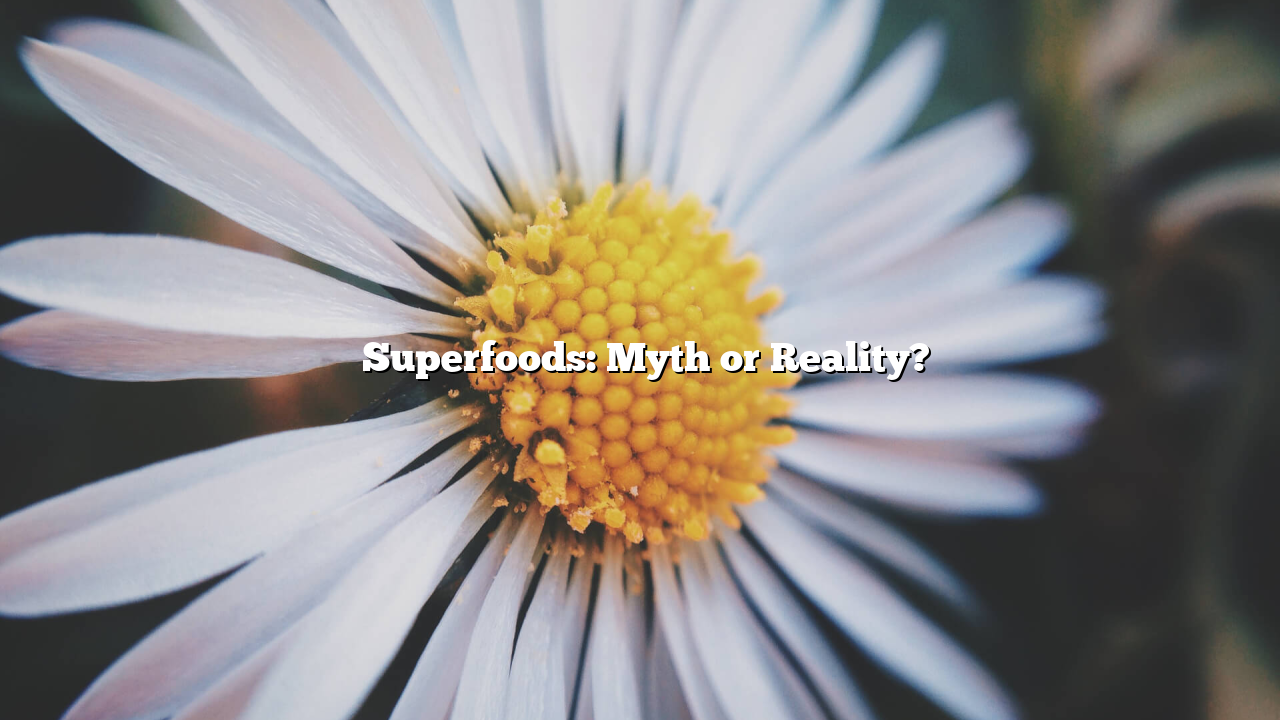
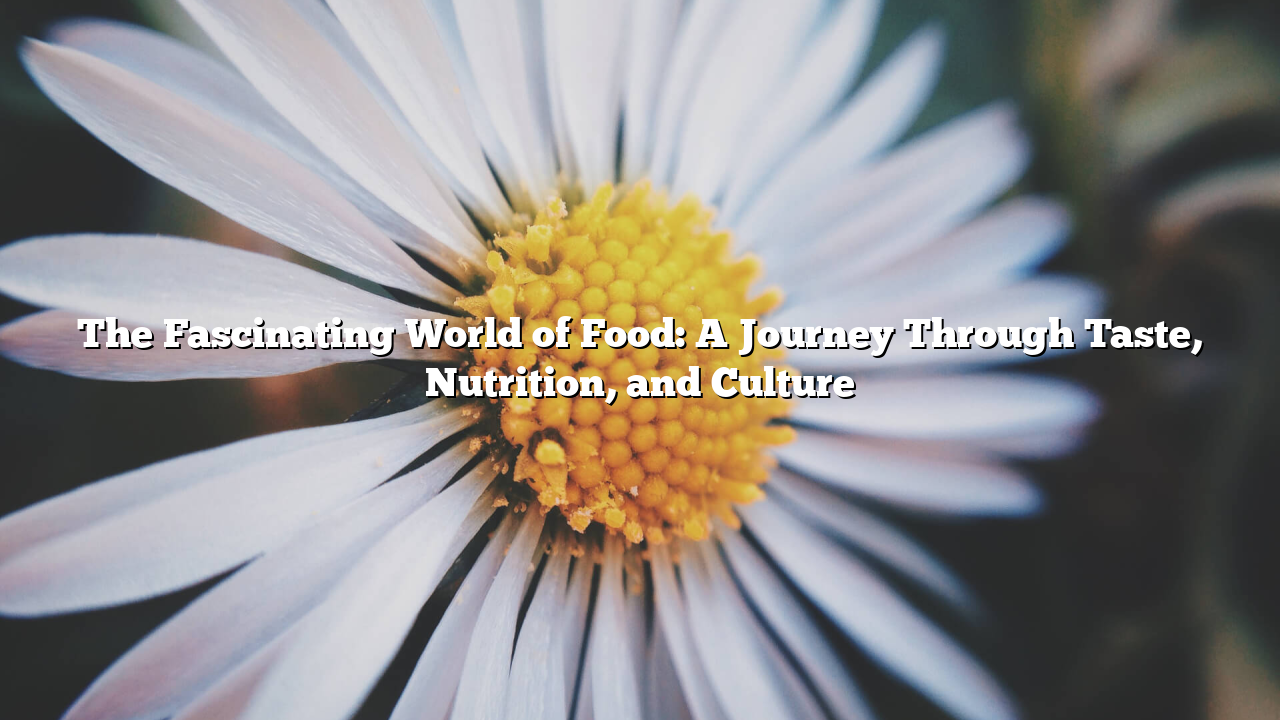
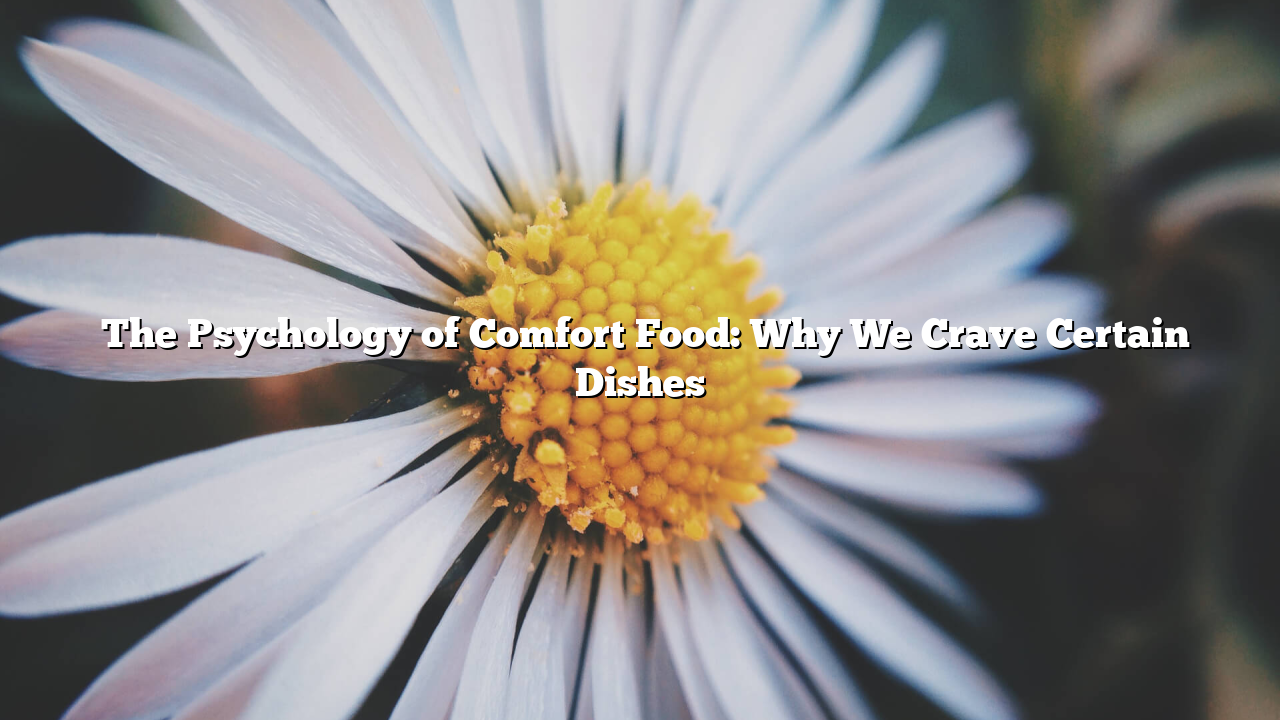




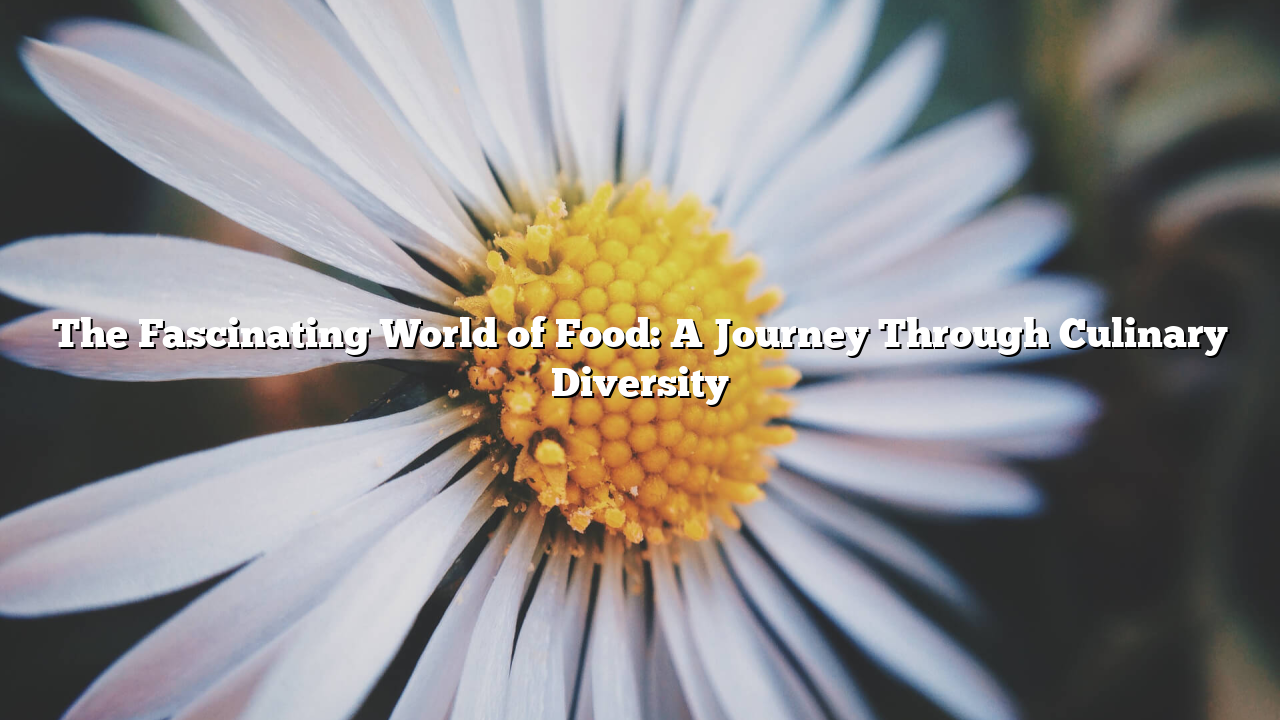

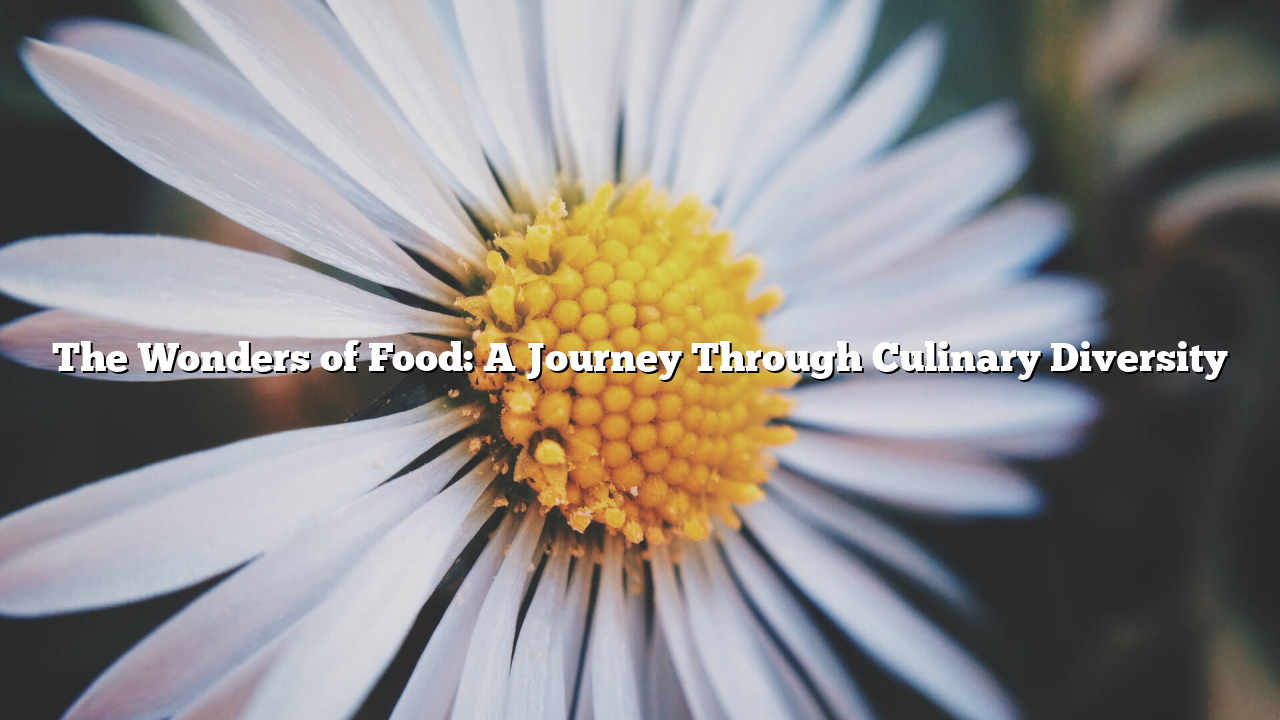
Leave a Reply